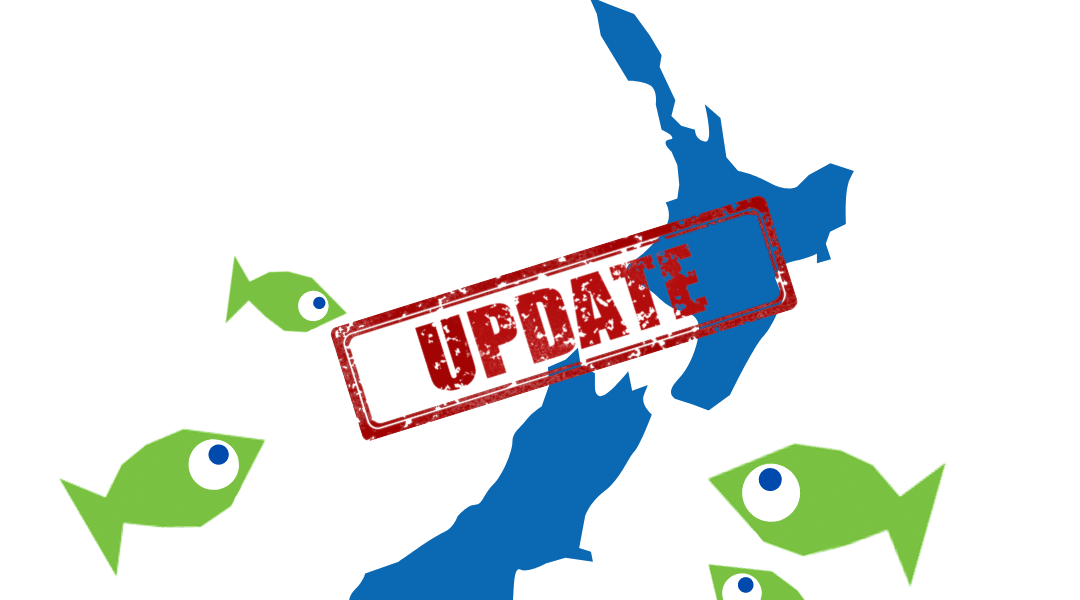
Two weeks ago NZ announced the staged re-opening of its international border. The details:
- There will be three layers of protection to minimise risk – PDT, vaccination and self-isolation
- Rules to come into force in time for Step 1 of the border reopening
- Self-isolation rules similar to those for domestic COVID-19 close contacts
- Groups can apply to leave self-isolation to train or practice
Before flying, travellers will have the option of three types of pre departure tests: a PCR test within 48 hours of flying, or a supervised RAT or LAMP (Loop-mediated isothermal amplification) test within 24 hours.
Allowing use of RATs recognises that PCR tests are difficult to get in many countries, with the lower sensitivity mitigated by halving the time people could get infected after being tested. Adding a LAMP test provides more options in a constrained global market for tests. Minimum vaccination requirements have been updated and will apply to travellers aged 17 years or older.
From the end of March, a New Zealand Traveller Declaration will require travellers to complete an online declaration prior to travel and upload evidence of vaccination and a negative pre departure test. Before then, they will be manually checked by airline staff at check-in and by Customs staff on arrival.
Travellers will need to confirm where they are staying in New Zealand, and cannot stay in a place with shared group facilities such as a backpackers or a hostel.
On arrival in New Zealand
On arrival at the airport, vaccinated travellers will need to download the NZ COVID Tracer app and will be given three RATs. They will then:
- travel directly to their accommodation – avoiding visiting people and entering shops and businesses
- wear a mask until they reach their accommodation, and ensure anyone picking them up wears a mask
- sanitise their hands regularly and
- maintain physical distancing as much as possible.
Self-isolation
On arrival travellers will immediately commence the self-isolation period of seven full days and be required to report the results of two rapid antigen tests – one on day 0/1 and one on day 5/6. A positive result will need to be followed with a PCR test to monitor for any new COVID-19 variants.
Travellers can form a bubble with family or friends and must minimise contact with others as much as possible. No visitors are allowed.
Travellers will be able to temporarily leave self-isolation in special circumstances, such as visiting terminally ill relatives, to access urgent healthcare or to attend court hearings, but will be encouraged to take a RAT if visiting a high risk location such as a hospital or aged care facility and need to follow public health measures.
The full details for the traveller journey and self-isolation process for individuals and groups are here.
- February 15, 2022
- Blog, New Zealand, News
